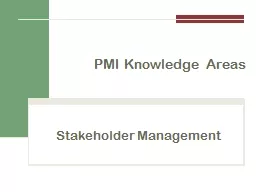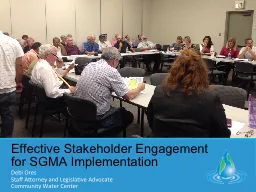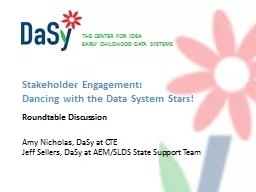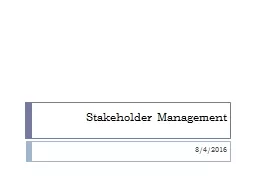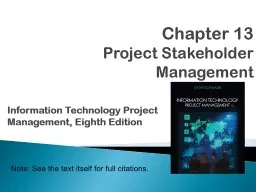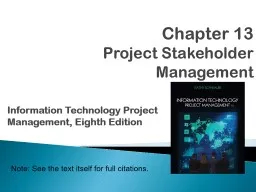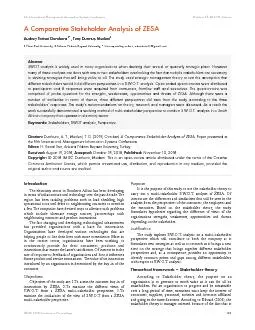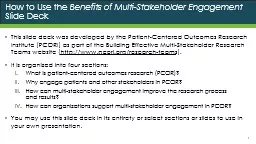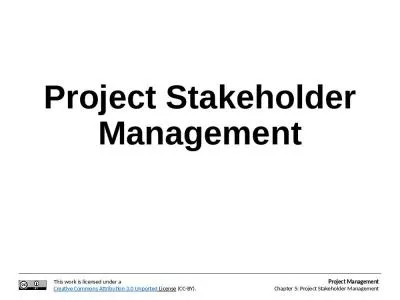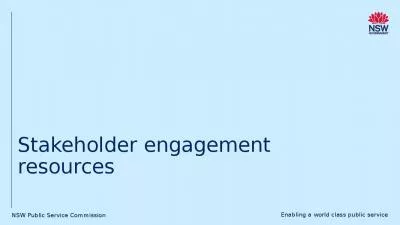PPT-Change Management & Stakeholder engagement
Author : myesha-ticknor | Published Date : 2017-10-28
Jonathan Prescott December 13 th 2013 Change Management Attempts to implement planned change face numerous barriers but using a framework proactively rather than
Presentation Embed Code
Download Presentation
Download Presentation The PPT/PDF document "Change Management & Stakeholder enga..." is the property of its rightful owner. Permission is granted to download and print the materials on this website for personal, non-commercial use only, and to display it on your personal computer provided you do not modify the materials and that you retain all copyright notices contained in the materials. By downloading content from our website, you accept the terms of this agreement.
Change Management & Stakeholder engagement: Transcript
Download Rules Of Document
"Change Management & Stakeholder engagement"The content belongs to its owner. You may download and print it for personal use, without modification, and keep all copyright notices. By downloading, you agree to these terms.
Related Documents



